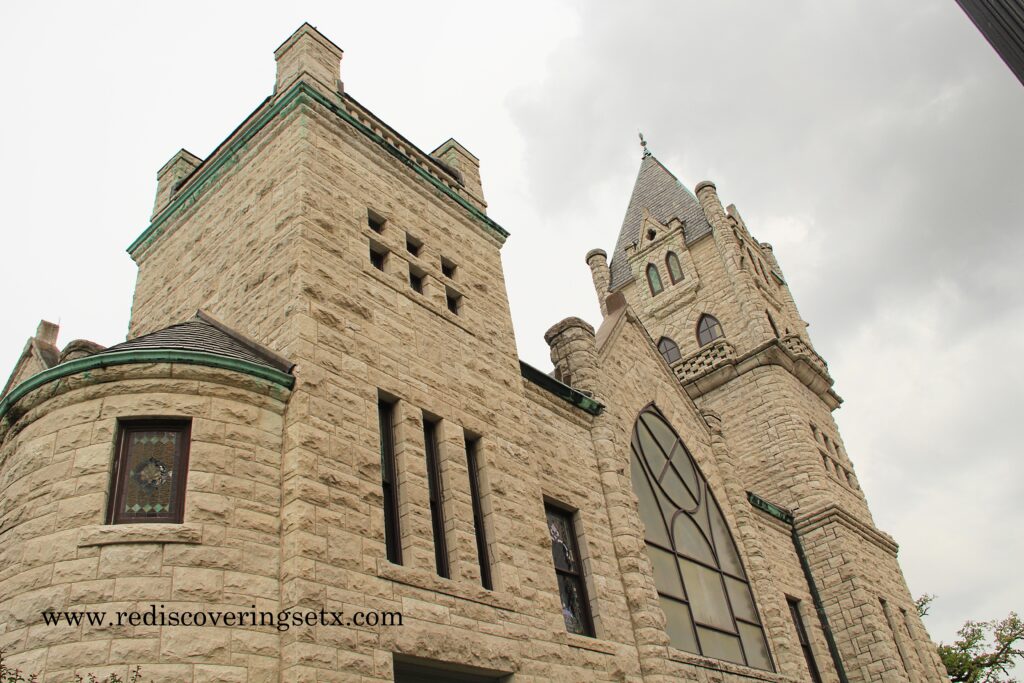
I just finished a couple of books from Ray E. Boomhower—no, not Boomhauer, the guy from the King of the Hill tv show. I discovered him thanks to an interview on the World War II podcast. Both books are excellent and full of information on what a war correspondent and a soldier went through. Dispatches from the Pacific: The World War II reporting by Robert L. Sherrod and Richard Tregaskis: Reporting under fire from Guadalcanal to Vietnam are right in my wheelhouse of World War II history because they leave the John Wayne-style propaganda out of it. If you add Eugene Sledge’s books, With the old Breed and China Marine, you will truly learn what journalists and soldiers endured during and after the war.
Speaking of podcasts, I’ve been enjoying one for the past few weeks, and it’s local. If you’re into podcasts and history, you need to Listen Closely. The Listen Closely podcast is based in Hardin County and is worth your time. Their latest episode is about Beaumont’s own Rita Ainsworth. Other episodes include Arthur Stilwell and my favorite, Olive Texas. I will put the link below.
The Tyrrell Historical Library has always been an excellent place for research. Originally, it was an old Baptist Church, but W.C. Tyrrell bought it and turned it into a library for the city of Beaumont—a true act of philanthropy.
Some may recognize W.C. Tyrrell as a prominent name in Beaumont. Captain Tyrrell was born in Pennsylvania in 1847 but moved to Iowa with his family at the age of seven. During his youth, he worked on his family’s farm, which readied him for his business ventures. In 1867, he married Helen Rodrick and started his own farm. He accumulated land and led a prosperous life in Iowa. In 1898, Tyrrell came to Port Arthur to purchase more land. He eventually settled in Beaumont, becoming very wealthy through his investments in the oil industry and other ventures.
As I mentioned, Captain Tyrrell was known for his philanthropy. After Port Arthur was flooded in the 1915 hurricane, he sent 8,000 loaves of bread to the victims. In 1920, he donated 500 acres of land for a park. Tyrrell Park was born. In 1923, he bought the building vacated by the First Baptist Church and donated it to the city of Beaumont for a library in his wife’s memory. Captain Tyrrell also mandated that service be extended to black patrons, so a branch was opened in the Charlton-Pollard High School.
Over the years, I have accumulated many regional books about SETX history. The price varies from book to book, and I will add that most were not cheap, but they are a good source of information for my research. Some of my favorites are the pictorial editions. I can and do spend hours staring at old photos. The Port Arthur and Nederland Centennial history books were done very well, along with Beaumont: A Pictorial History by John Walker and Gwendolyn Wingate, Beaumont: A Chronicle of Promise by Judith Walker Linsley and Ellen Walker Rienstra, and Beaumont 175 presented by the Beaumont Enterprise. I also can’t leave out Hardin County: A Pictorial History by Renee Hart Wells and Hardin County Timeless Treasures by Renee Hart Wells and Nancy Brooks Thompson.
I believe the Port Arthur Centennial books are still available at the Museum of the Gulf Coast, and the Nederland Centennial book was at the Windmill on Boston Avenue. To get the others, you may have to go on eBay or an online vintage bookseller. I’ve put the links for the ones I’ve used at the end of this blog.
That’s it for this week, so I’ll leave you with this post from a 27-year-old guy I knew from Houston, whom I consider a rock star just for being himself. He hated Facebook and was strictly on Google+. He posted this a couple of weeks before he had a cardiac arrest and passed away. After ten years, he is still missed because his words are still relevant. RIP Dave, and sorry for posting this on Facebook.
“If there’s something you’ve been meaning to do for a while, start planning to get it done. If there’s something you don’t want to do – find an honorable way to stop doing it. If someone needs something and you like them and you can more than afford it (and they’re not a needy do-nothing)… give it to them. And for gods’ sake – don’t forget to tell people how much you value them before they keel over and die. Funerals are not a particularly useful time to tell someone how much they meant to you. I notice most people’s fears about death have more to do with regrets than anything else.” – Dave Grega
Listen Closely Podcast: https://www.facebook.com/HTTLISTENCLOSELY
Beaumont 175: The Shops of Midtown @ 3145 Calder Ave Beaumont Texas
Ebay: https://www.ebay.com/itm/223464094365
Abe Books: https://www.abebooks.com/
Museum of Hardin County 830 S. Maple St., Kountze, Texas 77625
Museum of the Gulf Coast 700 Procter St, Port Arthur, TX 77640
Dutch Windmill Museum 1500 Boston Ave, Nederland, TX 77627




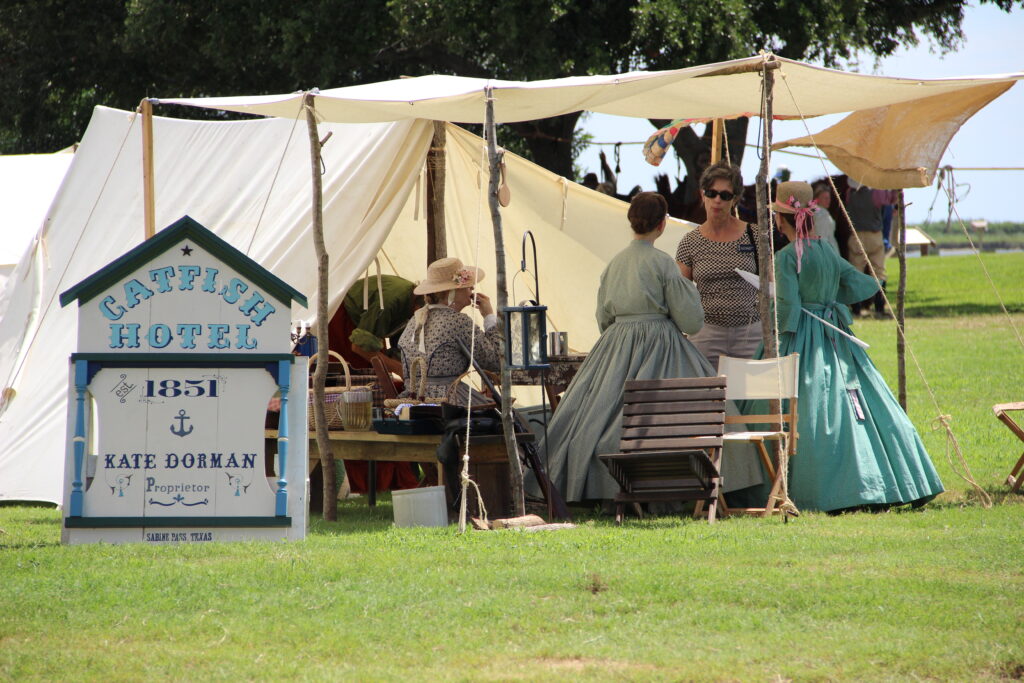
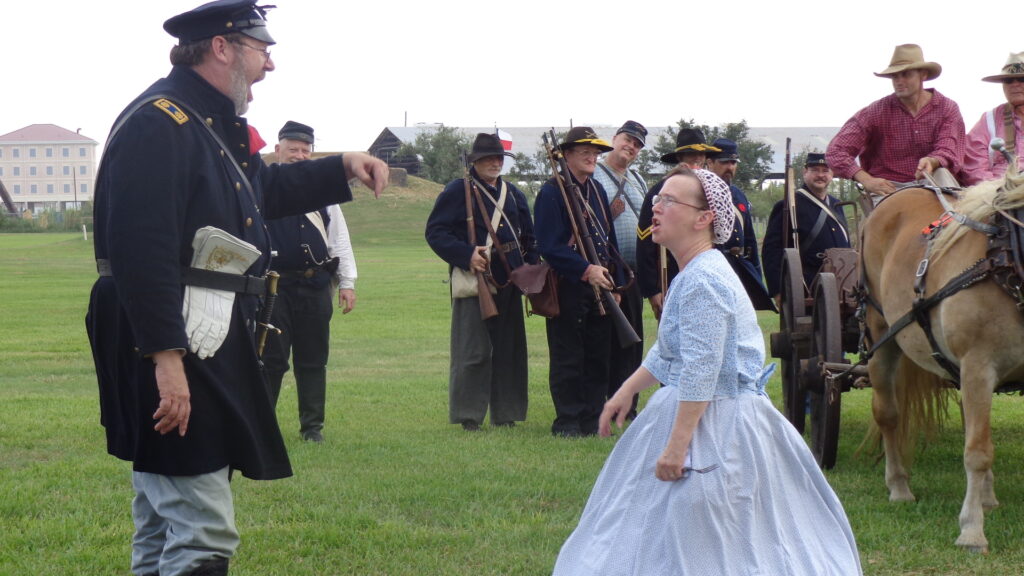
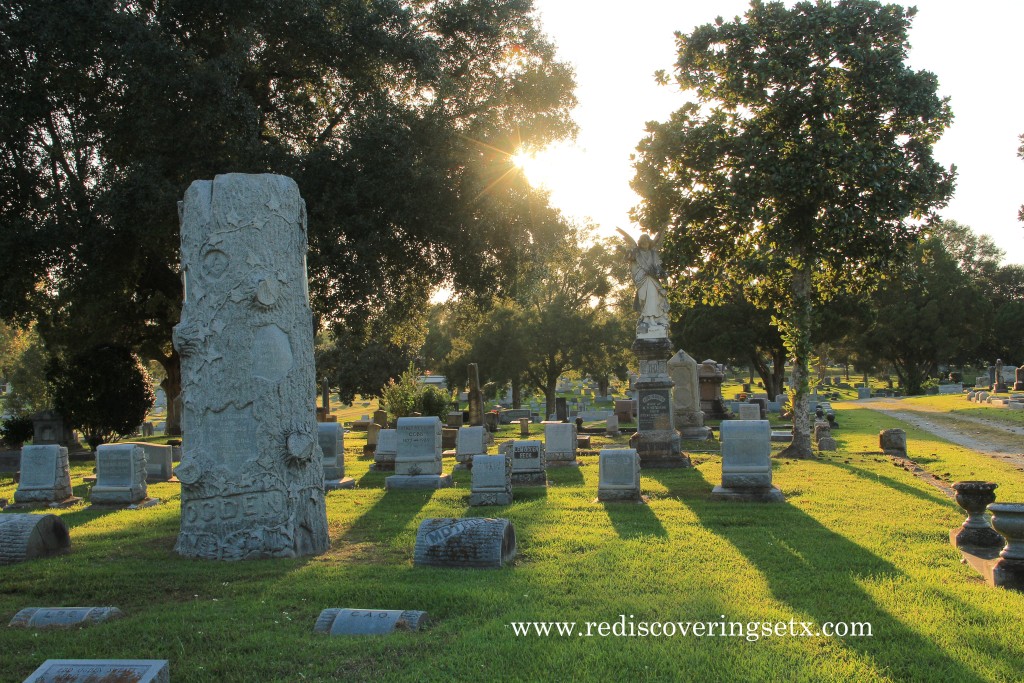
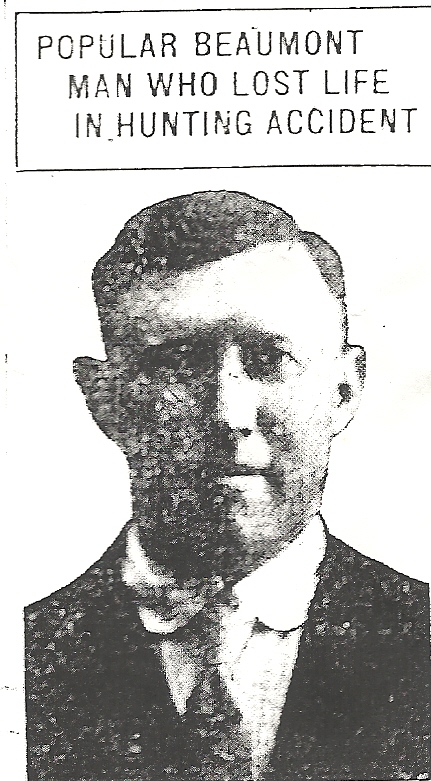
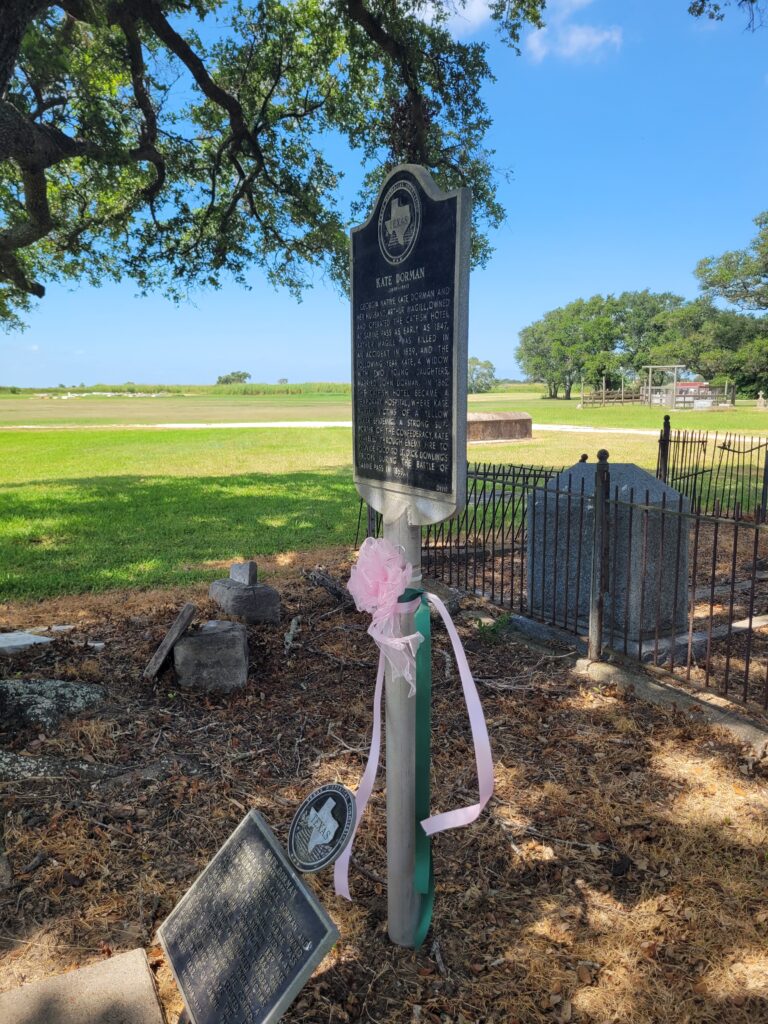
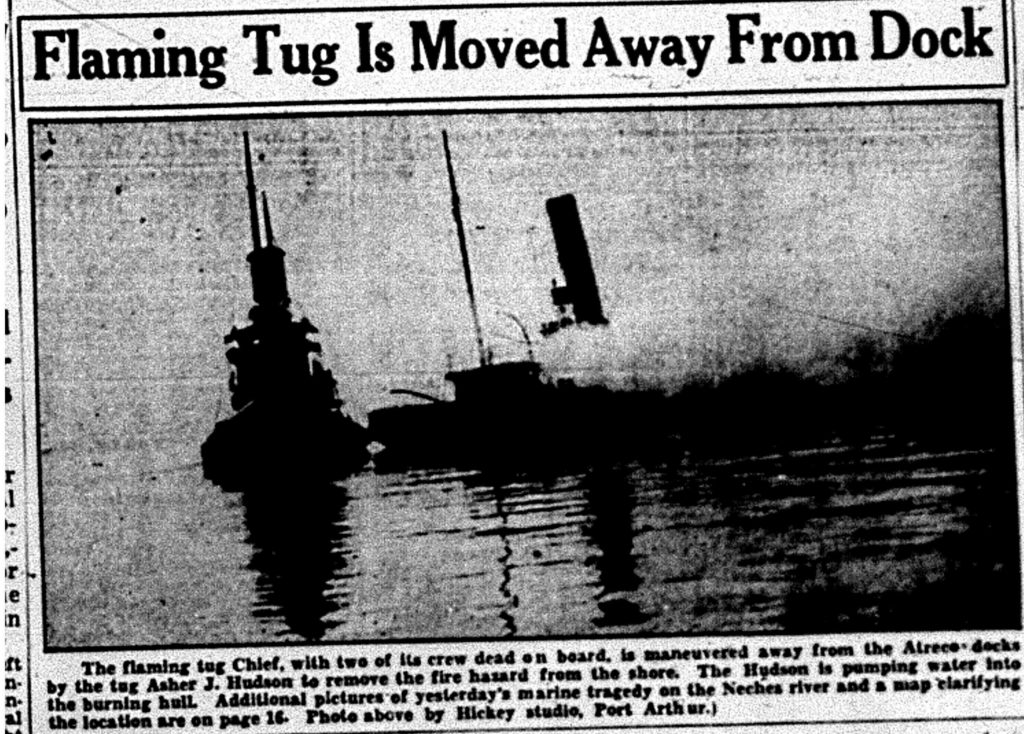
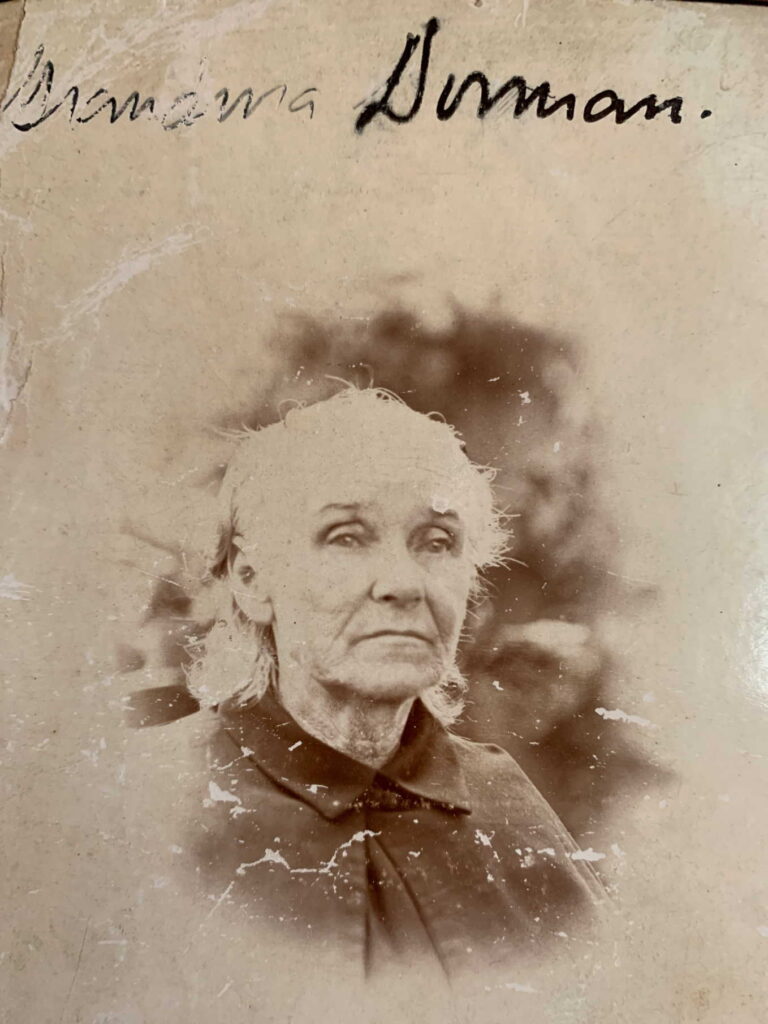
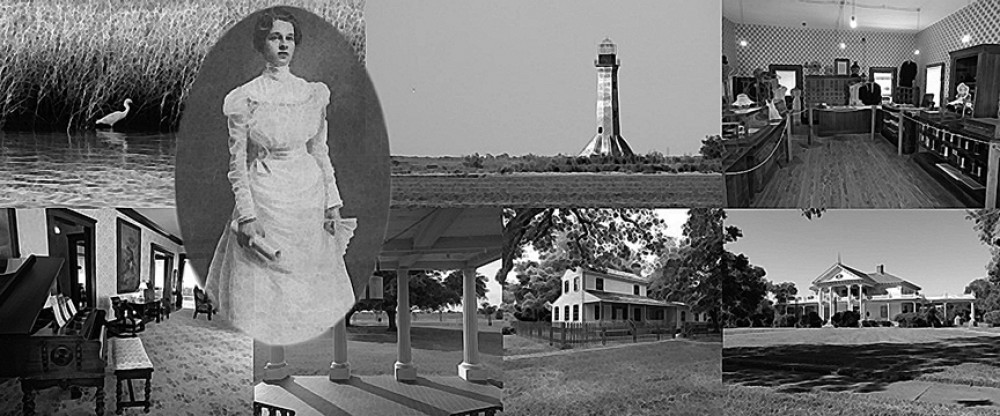
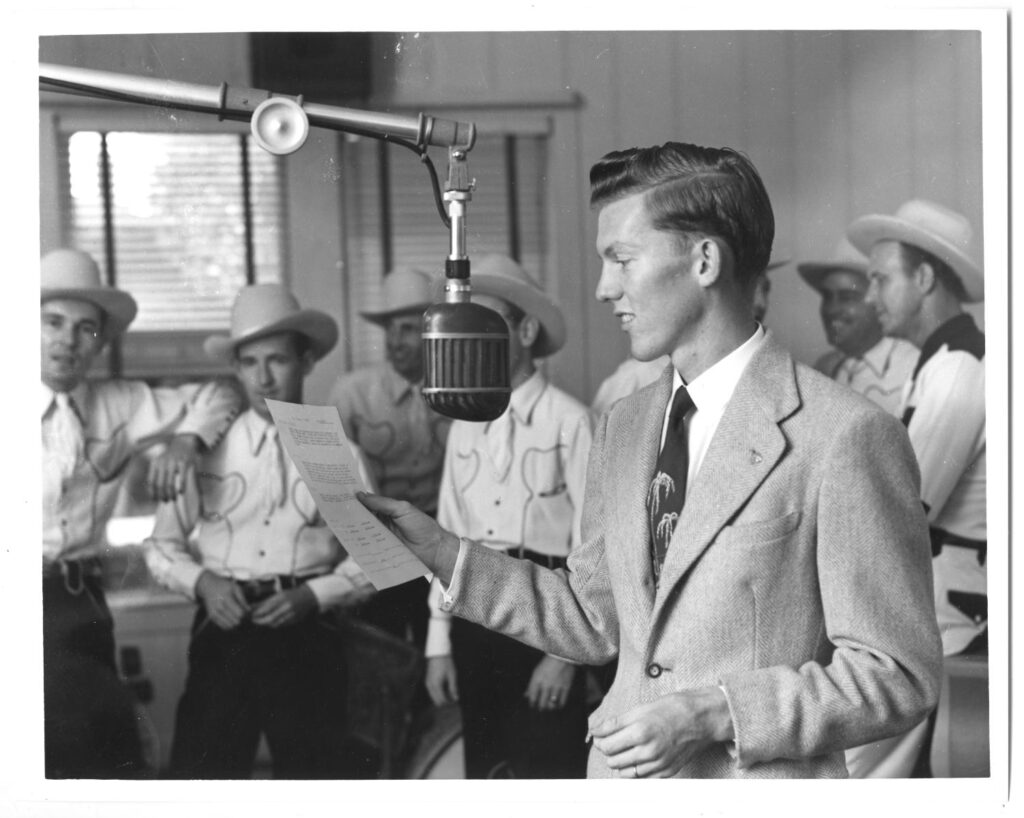
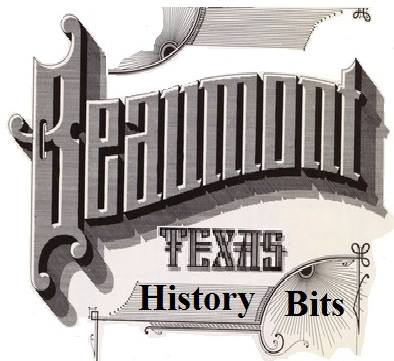
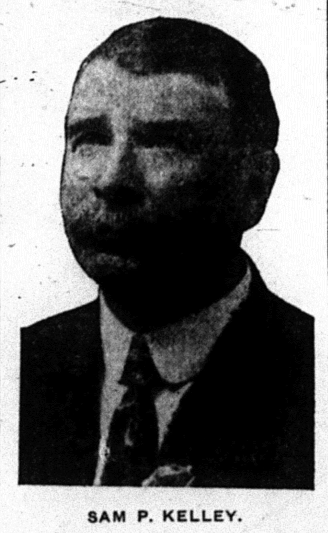
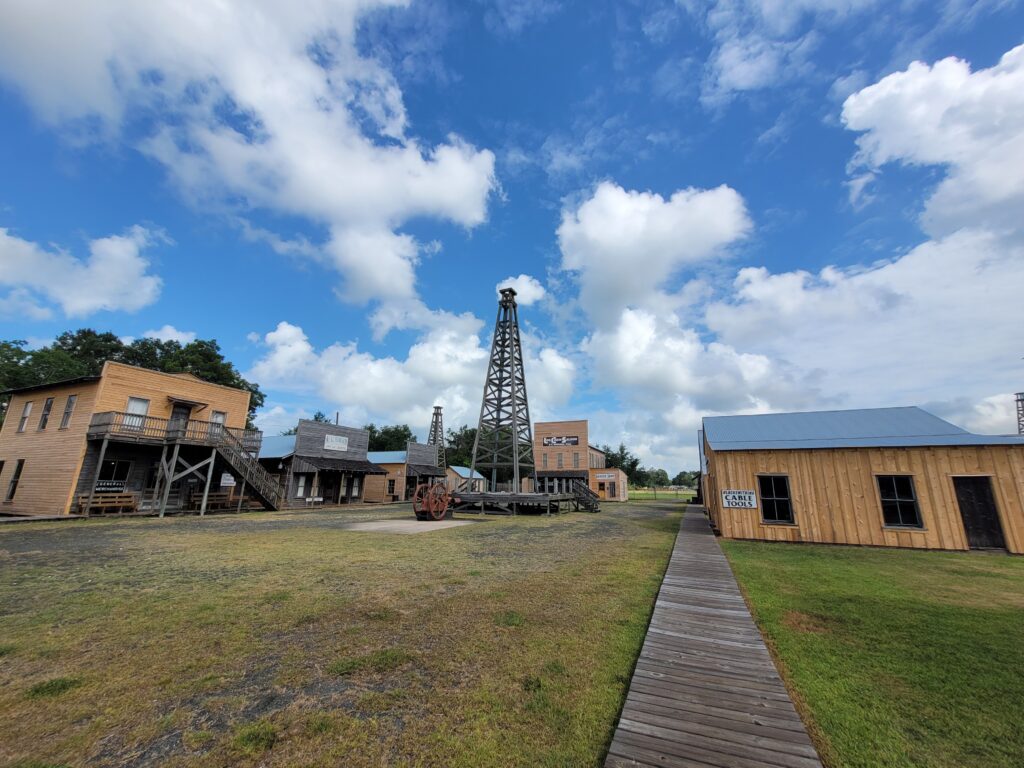
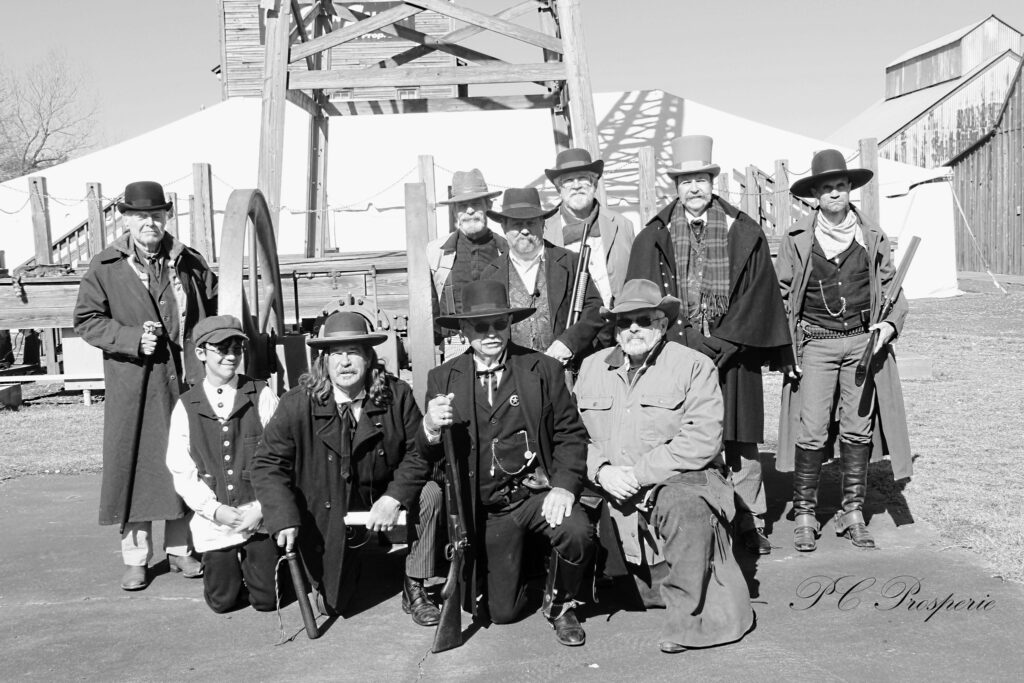
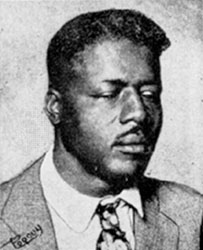
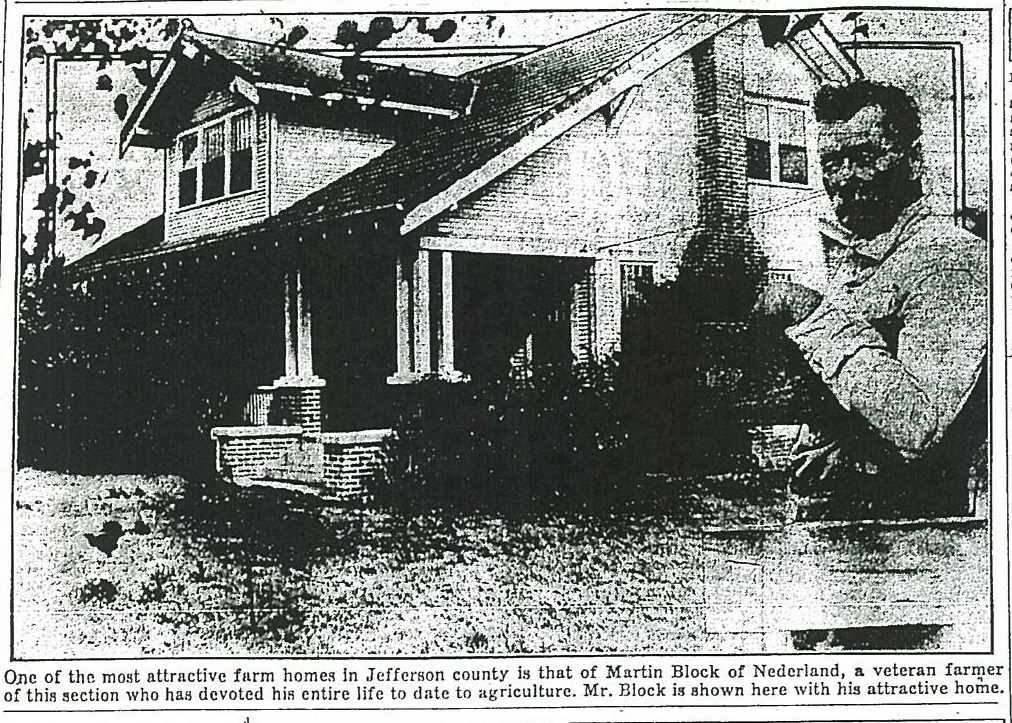
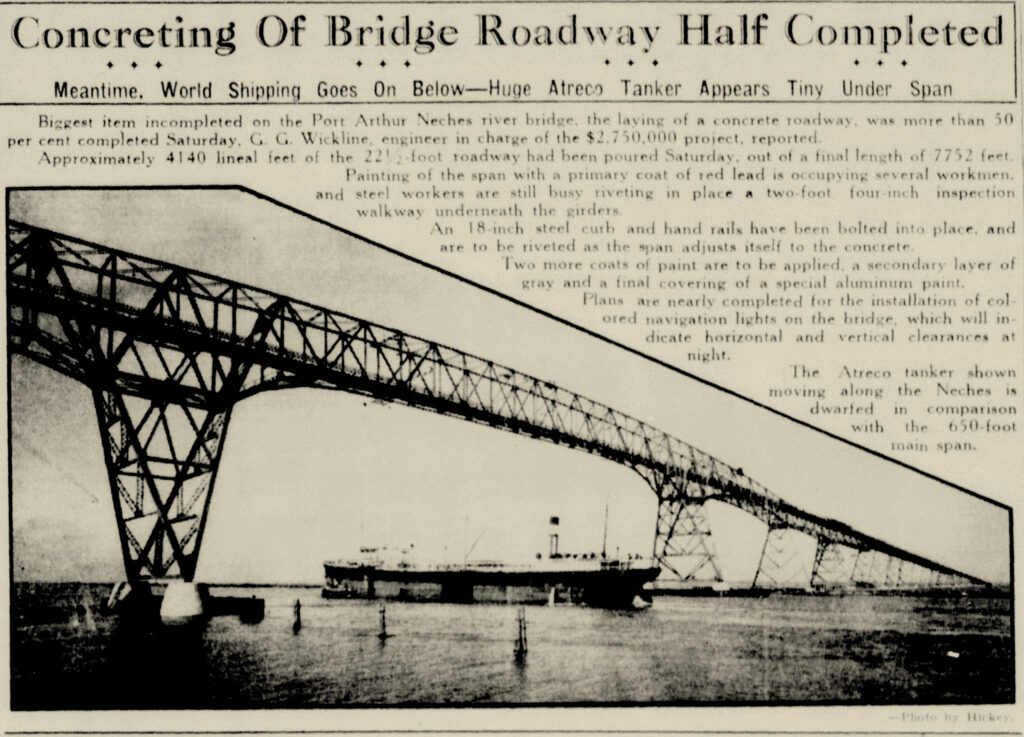
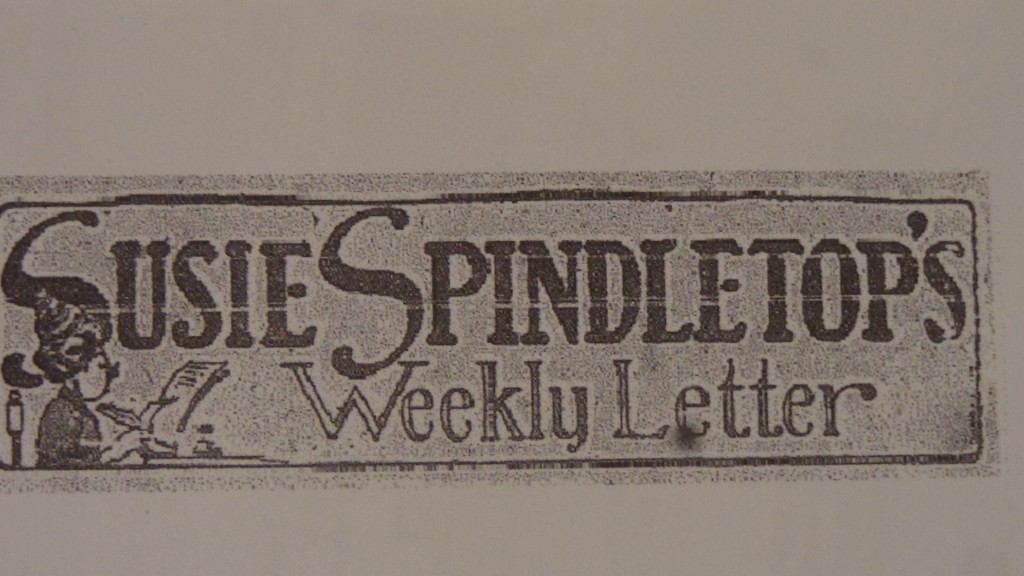
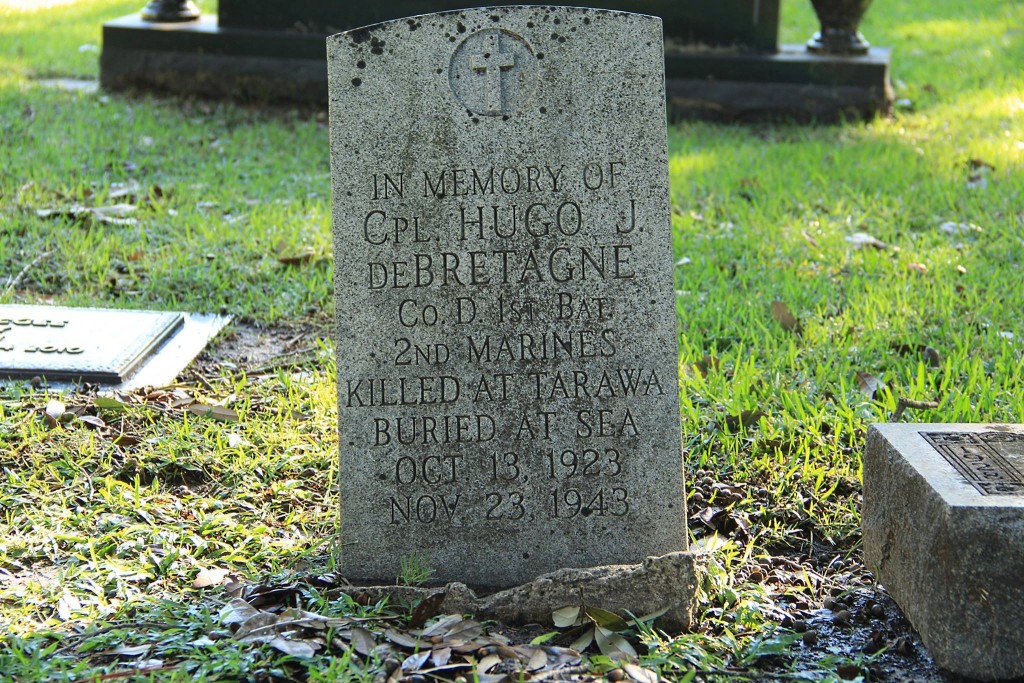
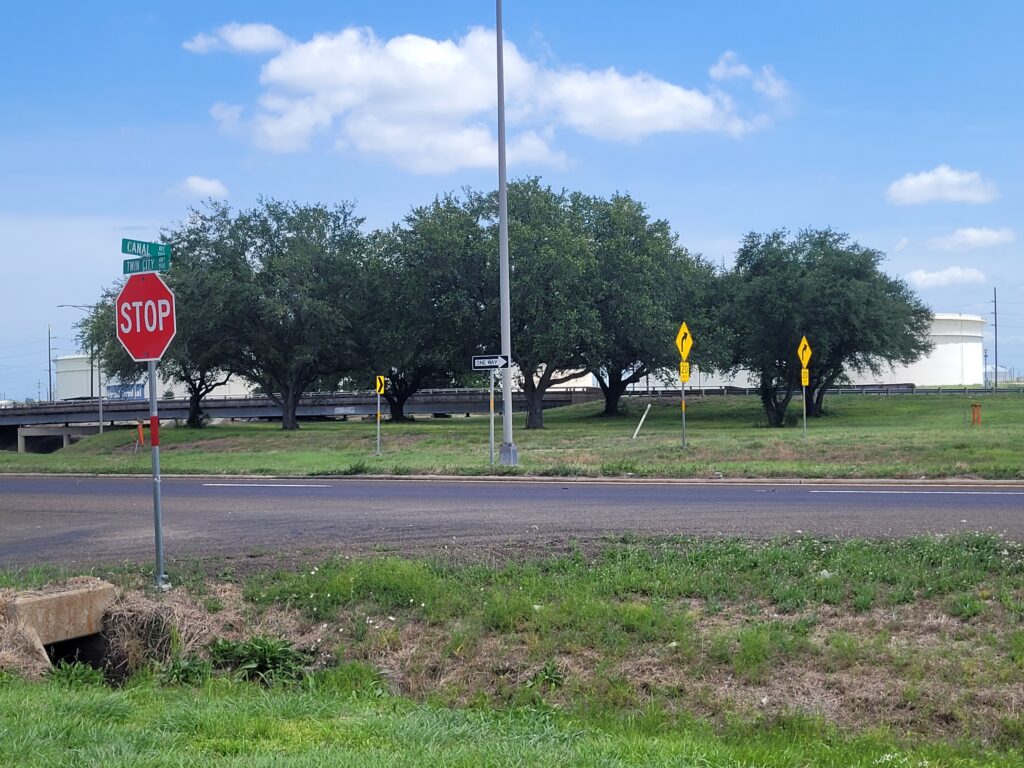
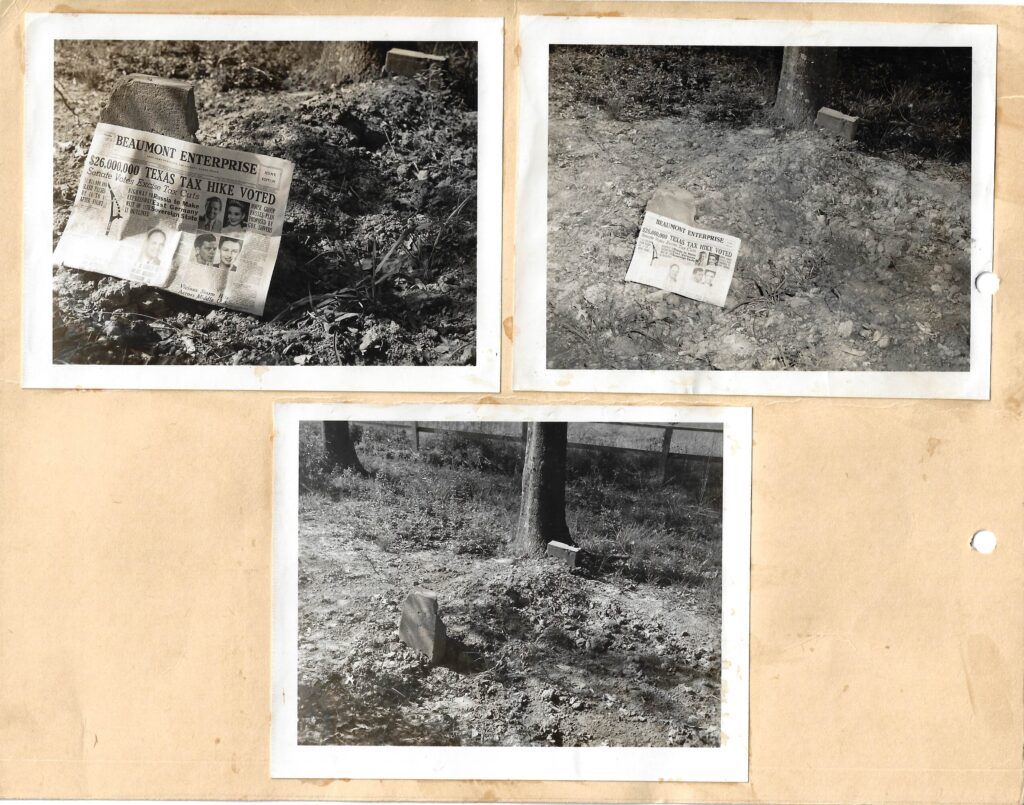
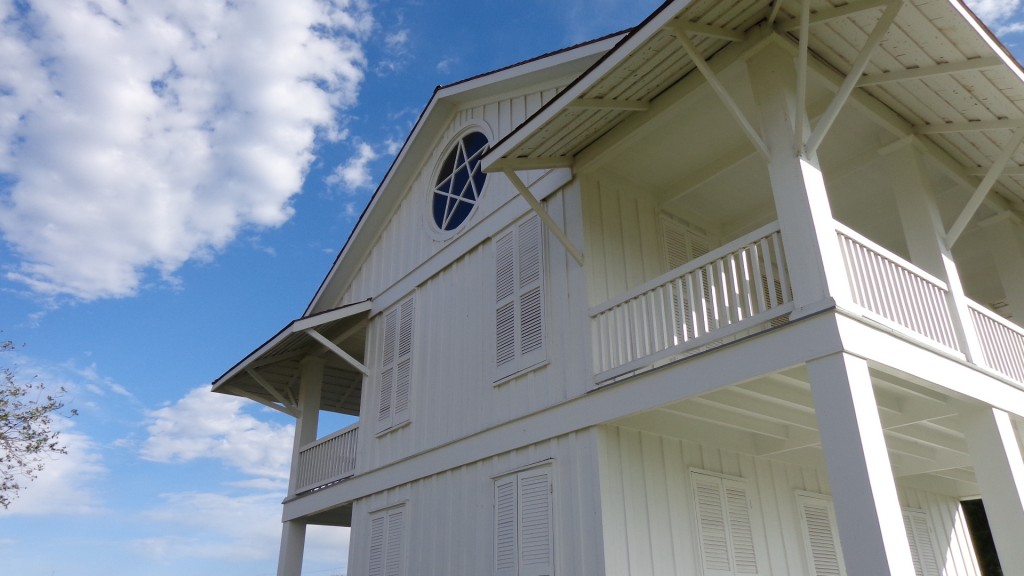
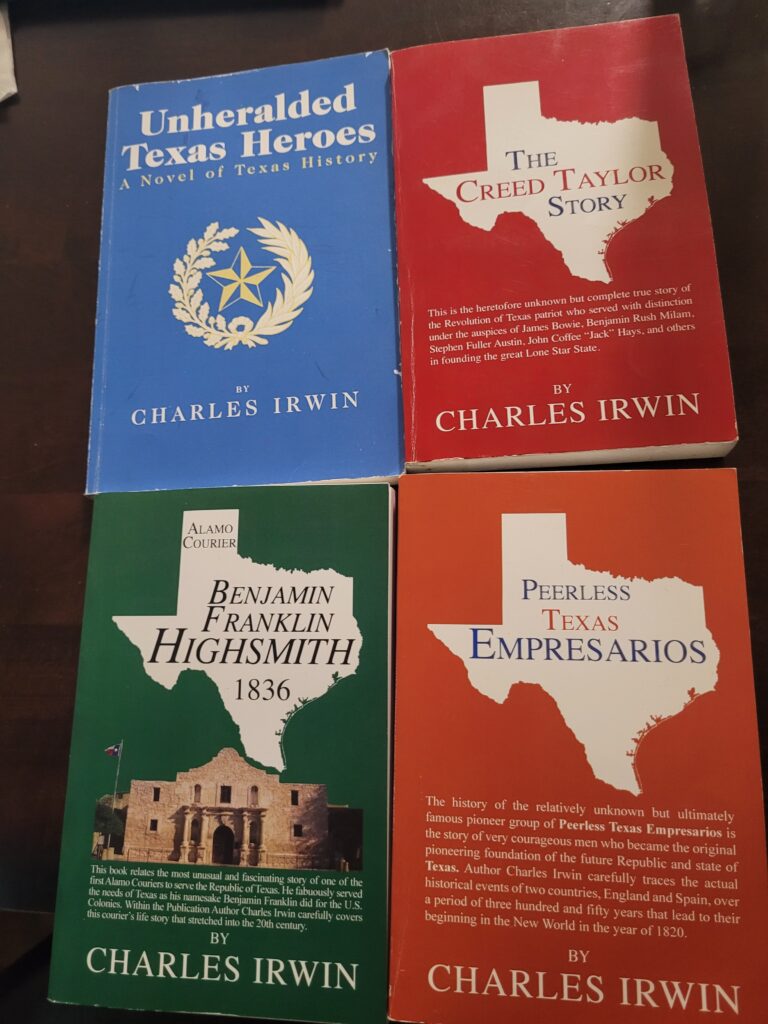

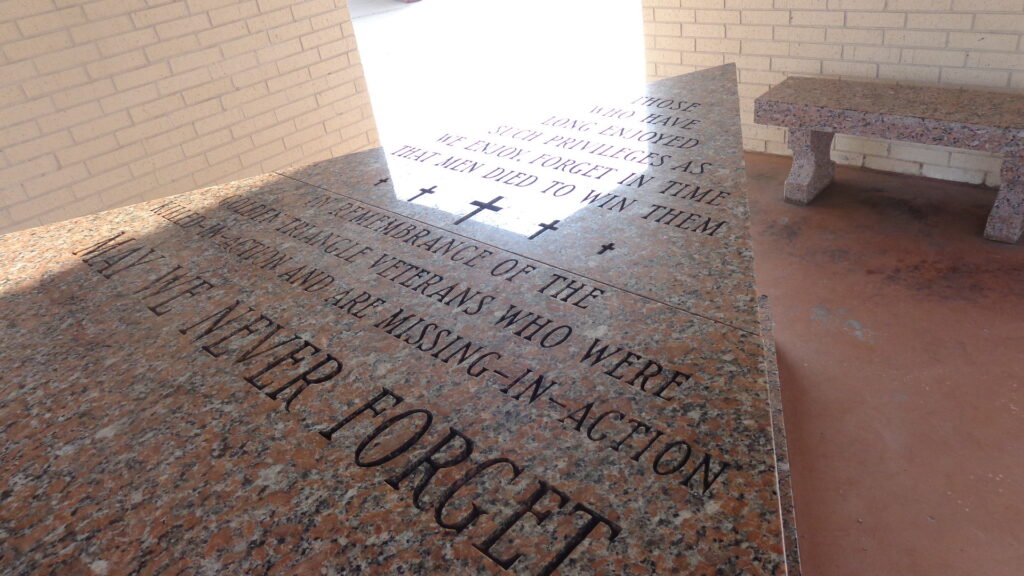
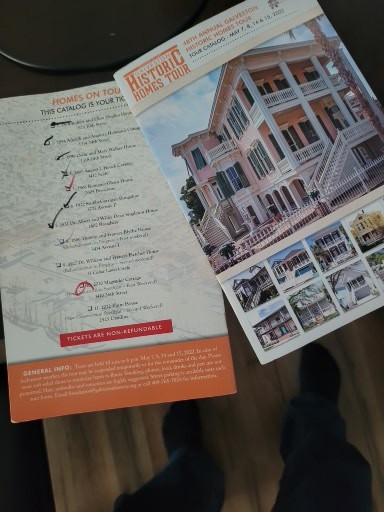
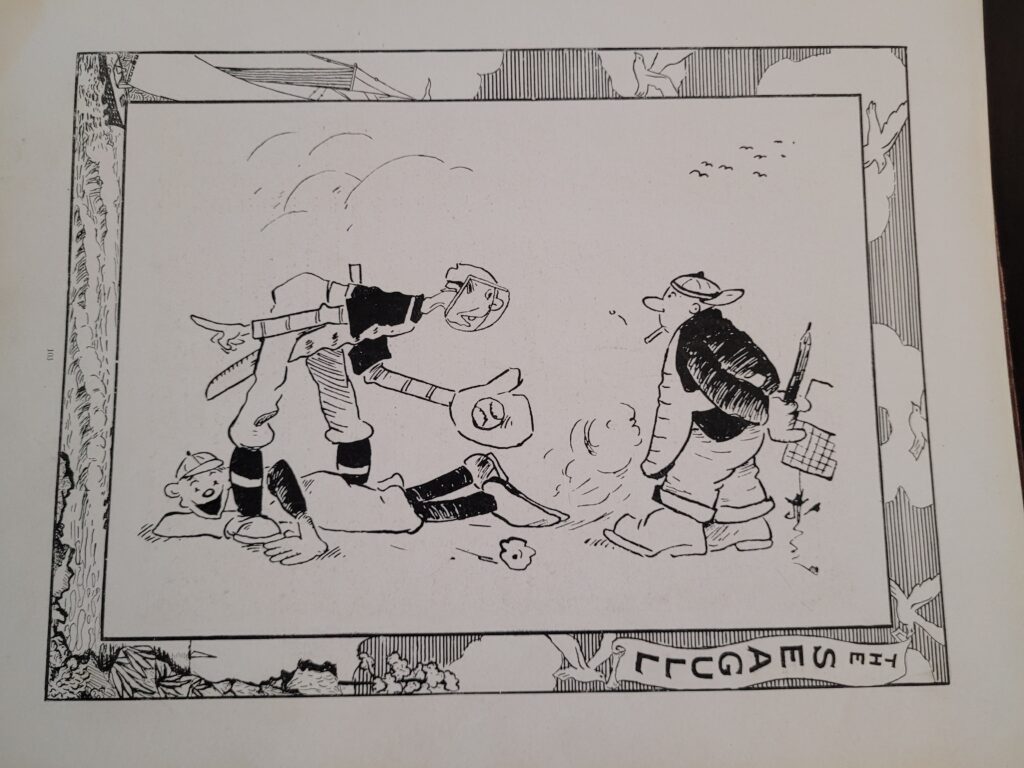
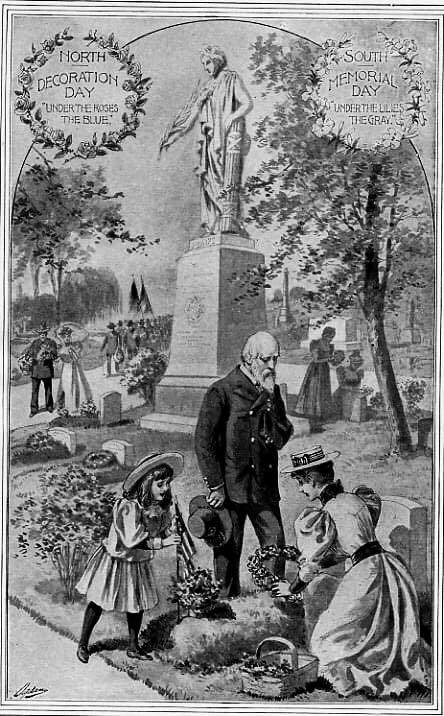
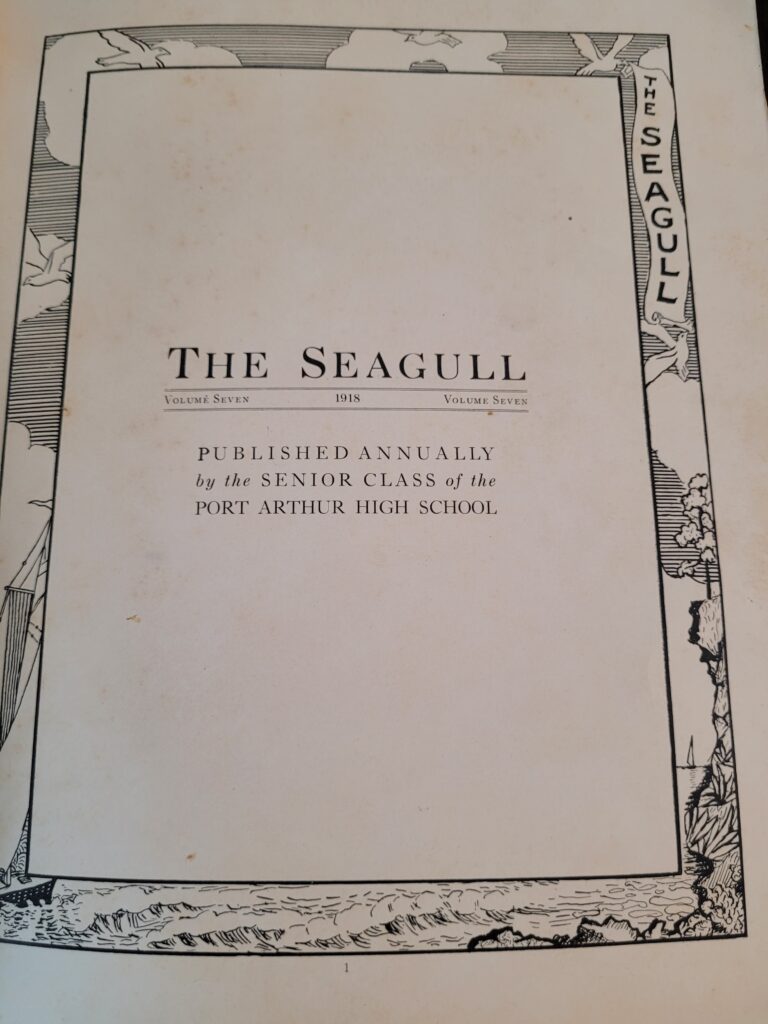
You must be logged in to post a comment.